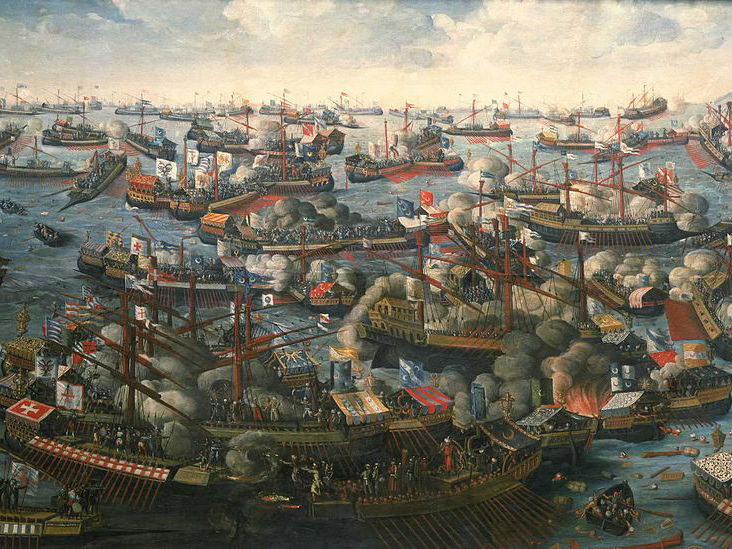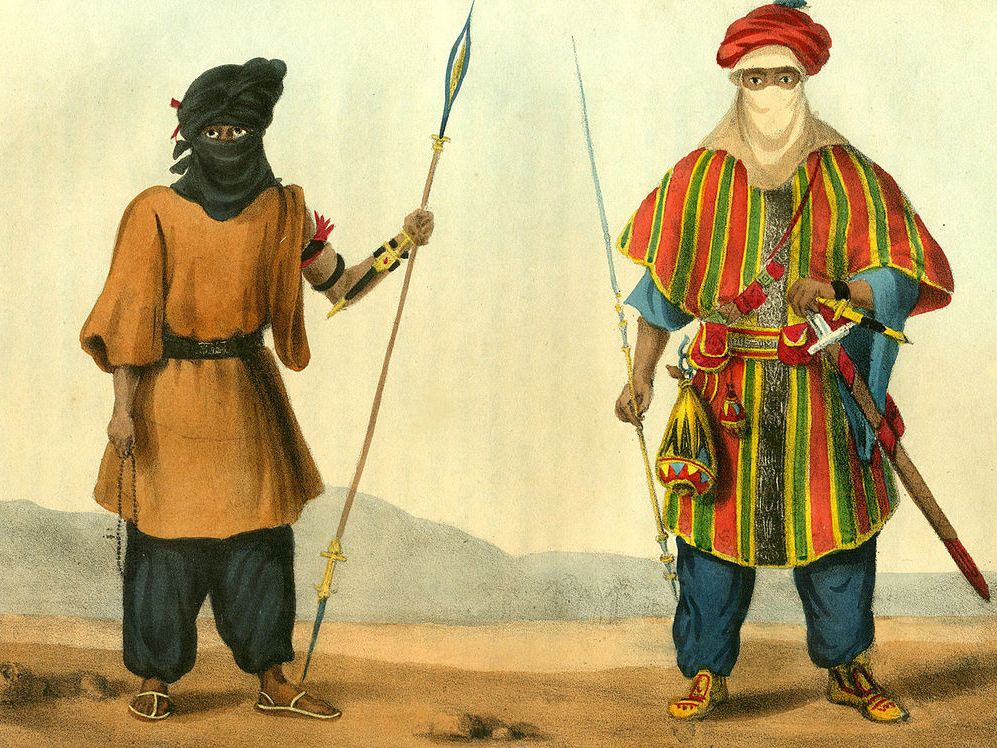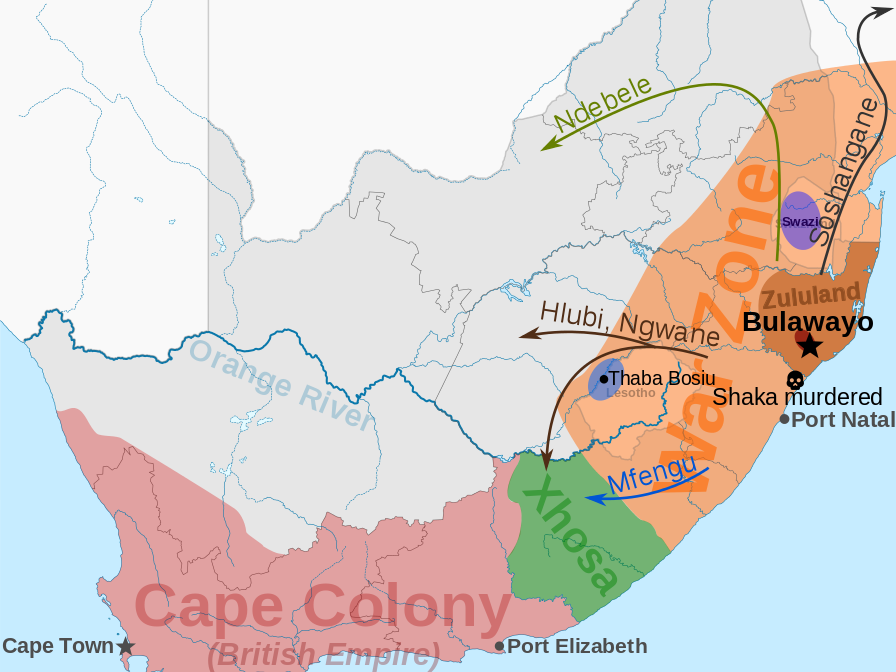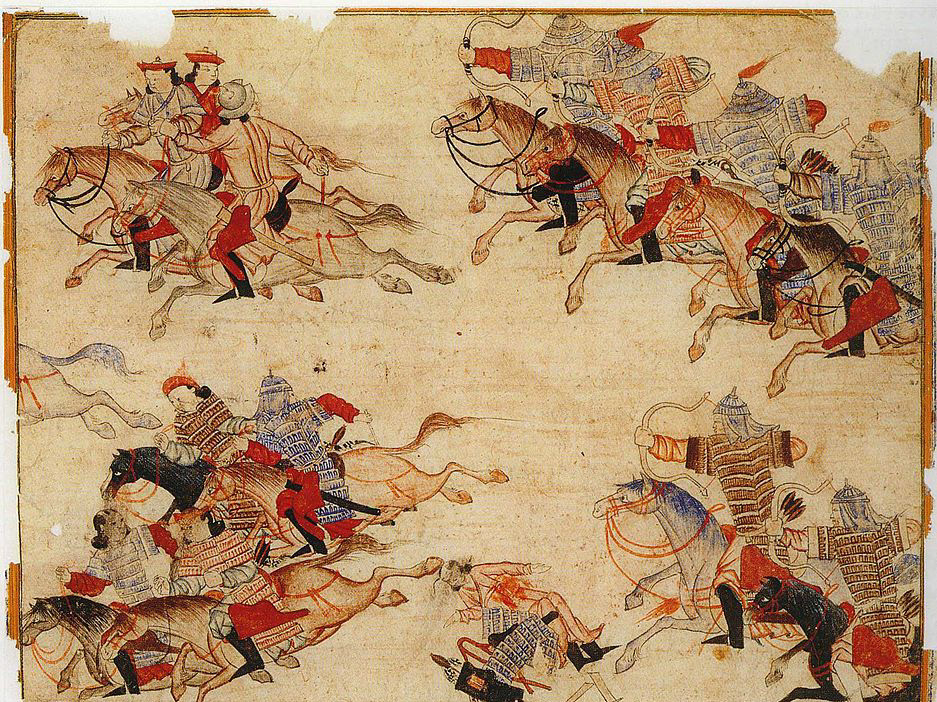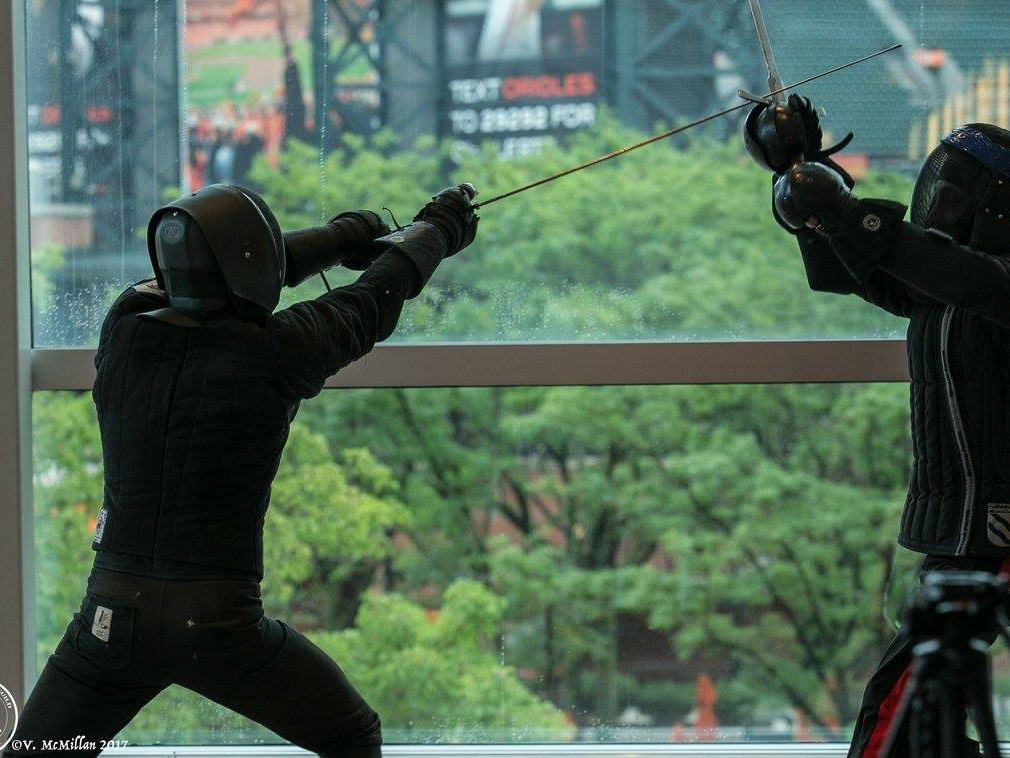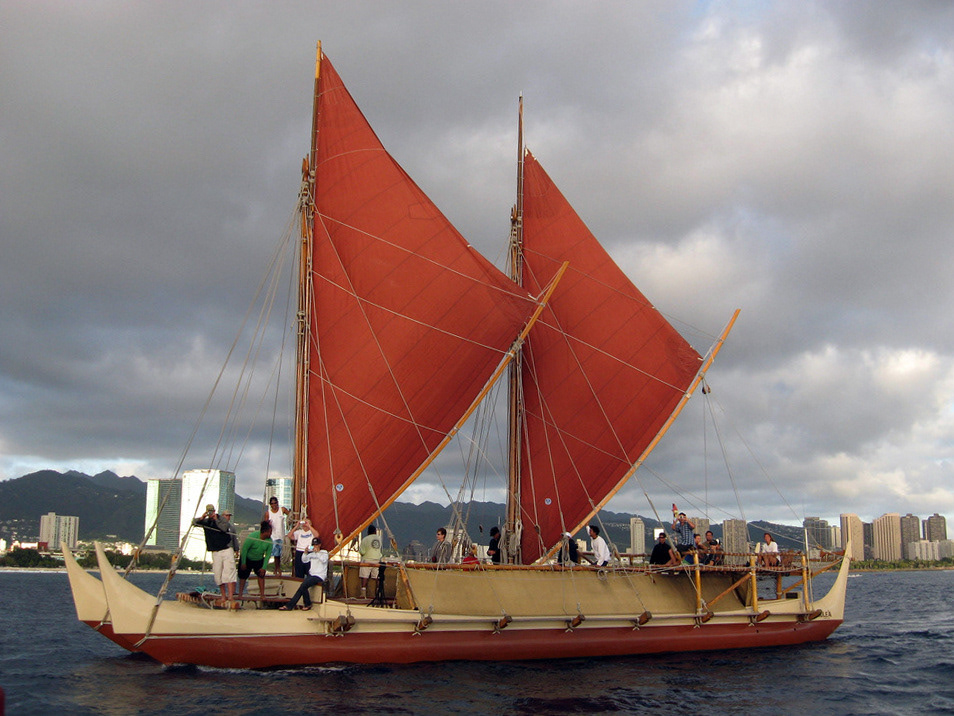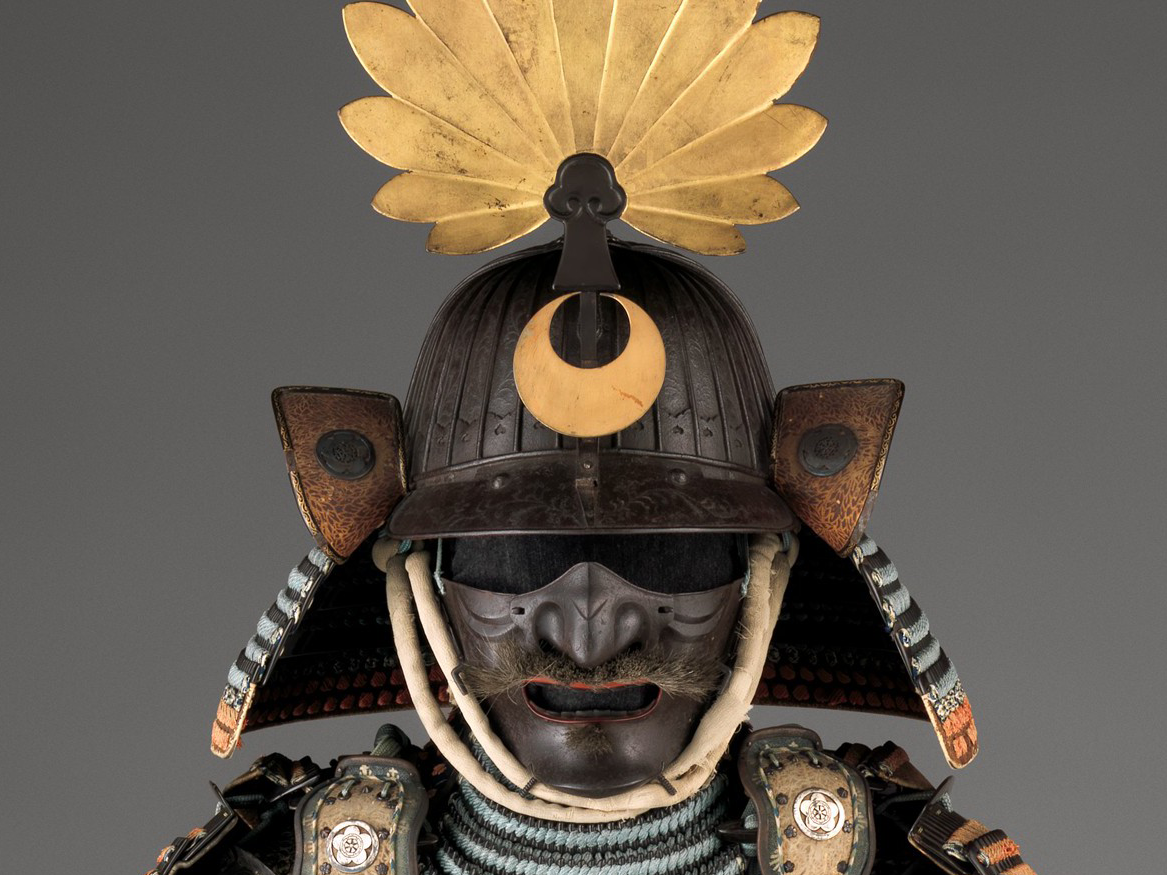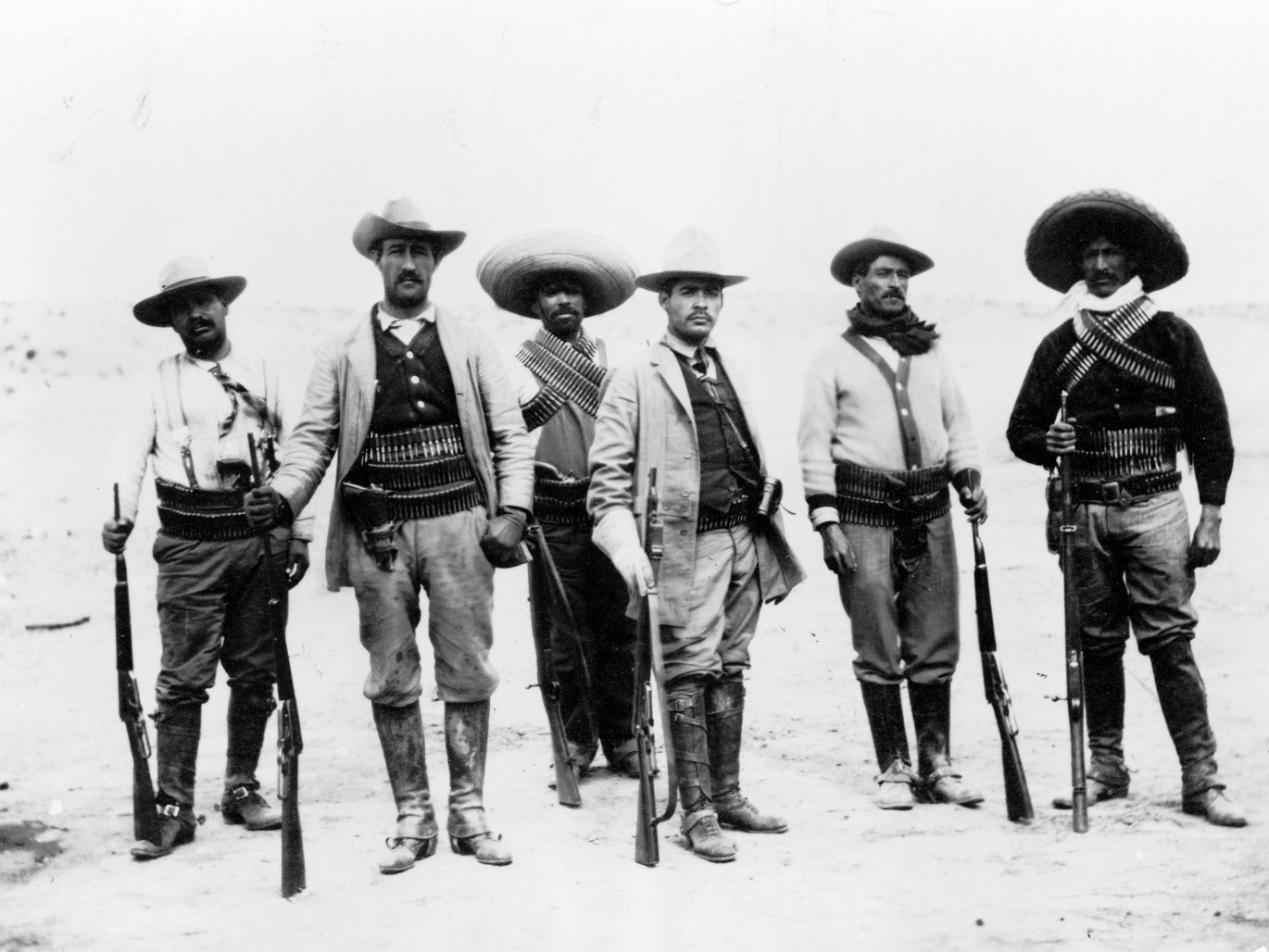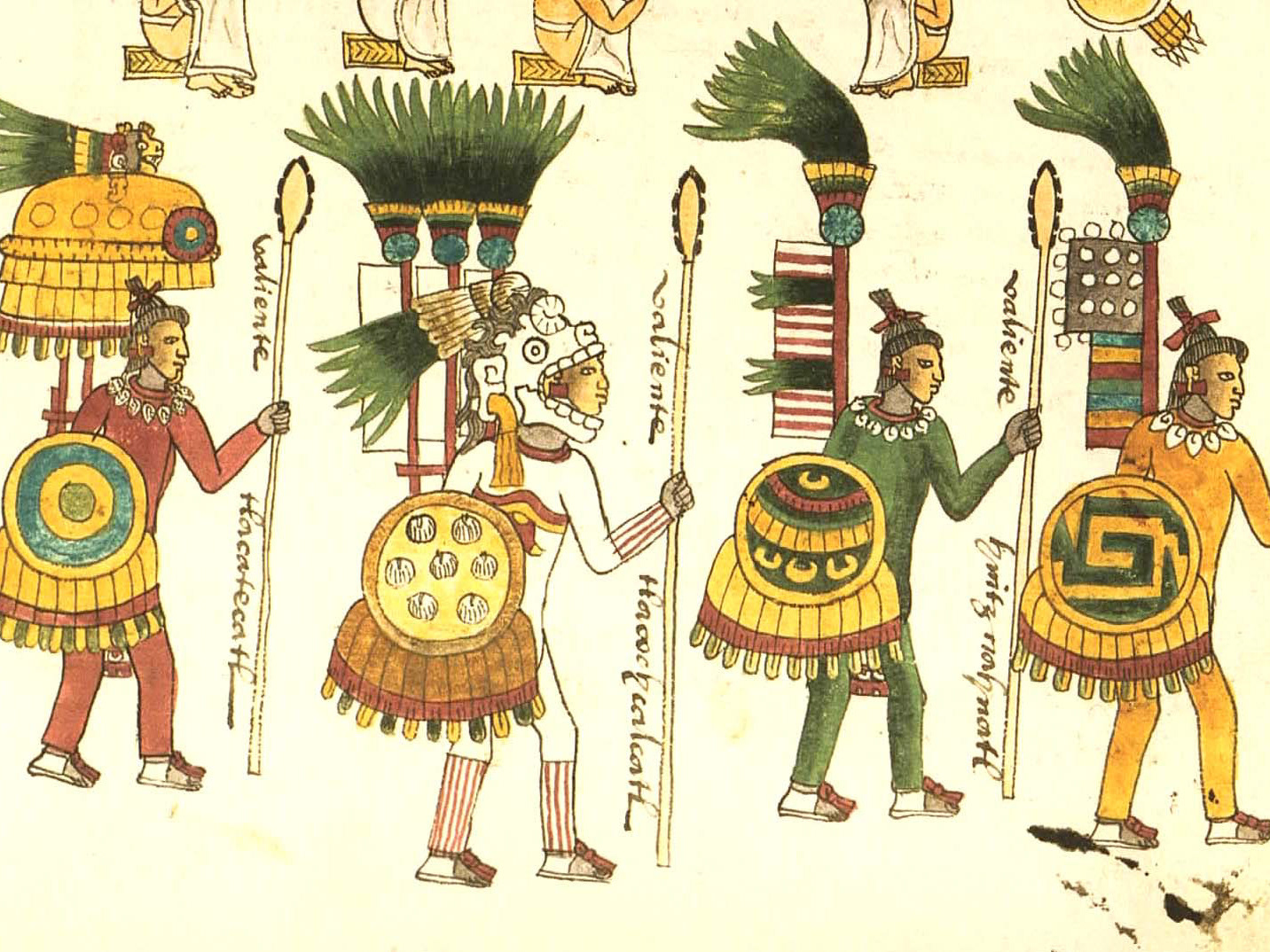The Filipinos are an exceptionally brave and tenacious fighting force. Not only are they terrifyingly effective with knives and other melee weapons, but they repeatedly used knives and farming equipment to engage military forces armed with artillery and rifles. During the Philippine-American War, Morro warriors continually charged the American forces, dealing horrific damage once they got within striking range. They were so effective the army updated its sidearm from the .38 service revolver to the larger caliber .45 Colt self-loading pistol as their new official sidearm.[49]
Works Cited
Footnotes
[1] “Philippine Statistics Authority | Republic of the Philippines.”
[2] Postma, “The Laguna Copper-Plate Inscription: Text and Commentary.”
[3] Bergreen, Over the Edge of the World.
[4] “Philippines - The Spanish Period.”
[5] “Philippines - Sports and Recreation.”
[6] “Philippine History a Basic Overview.”
[7] “Philippine History a Basic Overview.”
[8] “Ferdinand Magellan - Explorer - Biography.”
[9] “Philippines - The Spanish Period.”
[10] “Philippines - The Spanish Period.”
[11] “History of the Philippine Revolution.”
[12] “Milestones: 1899–1913 - Office of the Historian.”
[13] “Introduction - The World of 1898: The Spanish-American War (Hispanic Division, Library of Congress).”
[14] “Milestones: 1899–1913 - Office of the Historian.”
[15] “Milestones: 1899–1913 - Office of the Historian.”
[16] “Milestones: 1899–1913 - Office of the Historian.”
[17] “Milestones: 1899–1913 - Office of the Historian.”
[18] “Philippines - The Period of U.S. Influence.”
[19] “Emilio Aguinaldo - General, President (Non-U.S.) - Biography.”
[20] “Proclamation of General Amnesty by U.S. President Theodore Roosevelt July 4, 1902.”
[21] “The First Phase of the United States Rule, 1898-1935.”
[22] “The Jones Act.”
[23] “Commonwealth Politics, 1935-41.”
[24] “World War II in the Pacific.”
[25] “Philippines - The Period of U.S. Influence.”
[26] “Bataan Death March | Definition, Facts, Aftermath, & Significance.”
[27] “Philippines in World War II.”
[28] “Philippines in World War II.”
[29]“Chapter 8: The Leyte Operation.”
[30] “The Stamford Historical Society, Pride and Patriotism: Stamford’s Role in World War II, Battles: Luzon.”
[31] “Trial of General Tomoyuki Yamashita.”
[32] “Philippines in World War II.”
[33] DEADY, “Lessons from a Successful Counterinsurgency: The Philippines, 1899-1902.”
[34] Townshend, The Oxford History of Modern War.
[35] Gross, A Muslim Archipelago.
[36] Mallari, “Filipino War Dances.”
[37] 413Group, Two Practitioners Talking.
[38] “The Enduring Knife Culture in the Philippines - FMA Pulse.”
[39] “Balangiga Massacre, 1901.”
[40] “History of Arnis.”
[41] Mallari, “Improvised Weaponry.”
[42] “Karambit FAQ Frequently Asked Questions | Karambit.”
[43] Funker Tactical - Fight Training Videos, How To Use The 599 FOX Karambit Knife With Doug Marcaida | Part 2 of 4.
[44] “Espada Y Daga | Traditional Filipino Weapons.”
[45] “Indonesian Kris - Intangible Heritage - Culture Sector - UNESCO.”
[46] “Philippine Marines Fight with ‘Kali.’”
[47] “Moro | People.”
[48] Mallari, “Improvised Weaponry.”
[49] DK Books, Weapon A Visual History of Arms and Armor.
Citations
Philippine-American War, 1899-1902. “Balangiga Massacre, 1901.” Accessed May 25, 2018. http://www.filipinoamericanwar.com/balangigamassacre1901.htm.
Encyclopedia Britannica. “Bataan Death March | Definition, Facts, Aftermath, & Significance.” Accessed May 24, 2018. https://www.britannica.com/event/Bataan-Death-March.
Bergreen, Laurence. Over the Edge of the World: Magellan’s Terrifying Circumnavigation of the Globe. London: Harper Perennial, 2005.
“Chapter 8: The Leyte Operation.” Accessed May 24, 2018. https://history.army.mil/books/wwii/MacArthur%20Reports/MacArthur%20V1/ch08.htm.
“Commonwealth Politics, 1935-41.” Accessed May 24, 2018. http://www.bansa.org/history/japanrule/politics/.
DEADY, TIMOTHY K. “Lessons from a Successful Counterinsurgency: The Philippines, 1899-1902,” 2005, 16.
DK Books. Weapon A Visual History of Arms and Armor. Edited by Paula Regan. DK publishing, n.d.
“Emilio Aguinaldo - General, President (Non-U.S.) - Biography.” Accessed May 24, 2018. https://www.biography.com/people/emilio-aguinaldo-9177563.
“Espada Y Daga | Traditional Filipino Weapons.” Accessed May 25, 2018. https://www.traditionalfilipinoweapons.com/shop/espada-y-daga/.
“Ferdinand Magellan - Explorer - Biography.” Accessed May 24, 2018. https://www.biography.com/people/ferdinand-magellan-9395202.
Funker Tactical - Fight Training Videos. How To Use The 599 FOX Karambit Knife With Doug Marcaida | Part 2 of 4. Accessed May 25, 2018. https://www.youtube.com/watch?v=FQ1WQmvjri0.
Gross, Max L. A Muslim Archipelago: Islam and Politics in Southeast Asia. Washington, DC: Center for Strategic Intelligence Research, National Defense Intelligence College, 2007.
“History of Arnis.” Accessed May 25, 2018. http://www.combatscience.net/history-of-arnis/.
National Commission for Culture and the Arts. “History of the Philippine Revolution.” Accessed May 24, 2018. http://ncca.gov.ph/subcommissions/subcommission-on-cultural-heritagesch/historical-research/history-of-the-philippine-revolution/.
“Indonesian Kris - Intangible Heritage - Culture Sector - UNESCO.” Accessed May 25, 2018. https://ich.unesco.org/en/RL/indonesian-kris-00112.
“Introduction - The World of 1898: The Spanish-American War (Hispanic Division, Library of Congress).” Accessed May 24, 2018. http://www.loc.gov/rr/hispanic/1898/intro.html.
“Karambit FAQ Frequently Asked Questions | Karambit.” Accessed May 25, 2018. https://www.karambit.com/faq/#faq2.
Mallari, Perry Gil S. “Improvised Weaponry.” FMA Pulse (blog), November 1, 2010. http://fmapulse.com/fma-corner/fma-corner-improvised-weaponry/.
“Milestones: 1899–1913 - Office of the Historian.” Accessed May 24, 2018. https://history.state.gov/milestones/1899-1913/war.
Encyclopedia Britannica. “Moro | People.” Accessed May 31, 2018. https://www.britannica.com/topic/Moro.
“Philippine History a Basic Overview.” Accessed May 24, 2018. http://www.livecebu.com/philhistory.htm#Ancientprspanish.
The Manila Times. “Philippine Marines Fight with ‘Kali.’” Accessed May 25, 2018. http://www.manilatimes.net/philippine-marines-fight-with-kali/84564/.
“Philippine Statistics Authority | Republic of the Philippines.” Accessed May 24, 2018. http://psa.gov.ph/population-and-housing.
Encyclopedia Britannica. “Philippines - Sports and Recreation.” Accessed May 24, 2018. https://www.britannica.com/place/Philippines.
Encyclopedia Britannica. “Philippines - The Period of U.S. Influence.” Accessed May 24, 2018. https://www.britannica.com/place/Philippines.
Encyclopedia Britannica. “Philippines - The Spanish Period.” Accessed May 24, 2018. https://www.britannica.com/place/Philippines.
WW2DB. “Philippines in World War II.” Accessed May 24, 2018. <link rel='alternate' media='only screen and (max-width: 640px)' href='http://m.ww2db.comhttps://ww2db.com:443/country/philippines' />.
Postma, Antoon. “The Laguna Copper-Plate Inscription: Text and Commentary,” n.d., 22.
“Proclamation of General Amnesty by U.S. President Theodore Roosevelt July 4, 1902.” Accessed May 24, 2018. https://timesmachine.nytimes.com/timesmachine/1902/07/04/101957581.pdf.
“The Enduring Knife Culture in the Philippines - FMA Pulse.” Accessed May 25, 2018. http://fmapulse.com/fma-corner/fma-corner-enduring-knife-culture-philippines/.
“The First Phase of the United States Rule, 1898-1935.” Accessed May 24, 2018. http://www.bansa.org/history/usrule/.
“The Jones Act.” Accessed May 24, 2018. http://www.bansa.org/history/usrule/jones/.
“The Stamford Historical Society, Pride and Patriotism: Stamford’s Role in World War II, Battles: Luzon.” Accessed May 24, 2018. http://www.stamfordhistory.org/ww2_luzon.htm.
Townshend, Charles, ed. The Oxford History of Modern War. Oxford: Oxford University Press, 2000.
“Trial of General Tomoyuki Yamashita.” Accessed May 24, 2018. http://lawofwar.org/Yamashita%20Commission.htm.
United States Holocaust Memorial Museum. “World War II in the Pacific.” Accessed May 24, 2018. https://www.ushmm.org/wlc/en/article.php?ModuleId=10005155.
